11111
In industrial and architectural applications, stainless steel expanded sheets have gained significant traction for their durability, versatility, and unique structural properties. These sheets, along with specific variants like 316 stainless steel expanded metal and configurations such as 3 4 13 expanded metal, 1 4 18 expanded metal, and 3 4 9 gauge expanded metal, offer solutions across sectors ranging from manufacturing to construction. This exploration delves into their characteristics, applications, and the factors that make them indispensable.
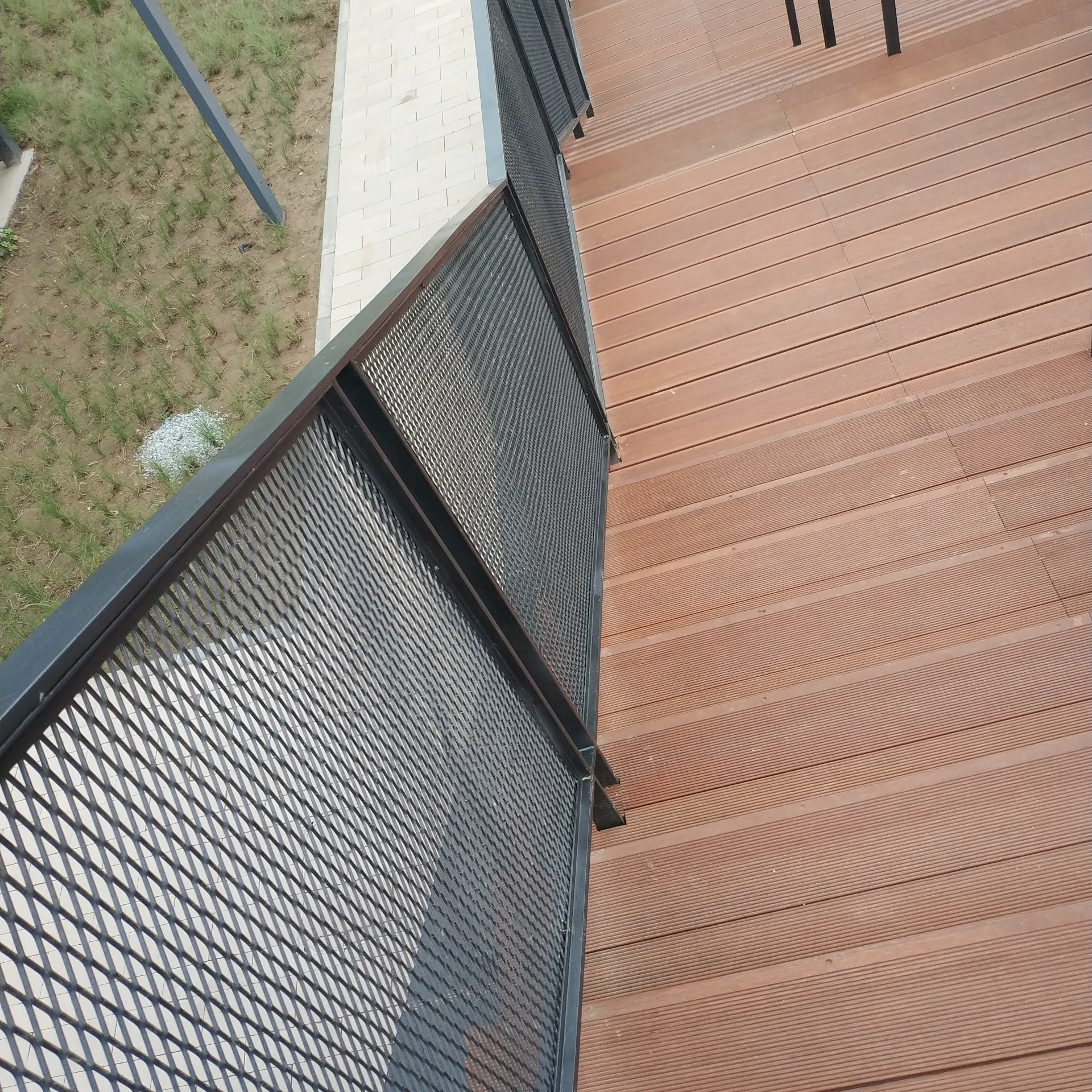
Understanding the Composition and Corrosion Resistance of Stainless Steel Expanded Sheets
Stainless steel expanded sheets are created through a precise process of slitting and stretching metal plates, forming a network of interlinked diamond or rectangular openings. The material’s inherent strength comes from its alloy composition, with grades like 304 and 316 stainless steel being particularly popular. 316 stainless steel expanded metal, in particular, stands out for its enhanced resistance to corrosion, making it ideal for harsh environments such as coastal areas or chemical processing plants. Unlike standard carbon steel expanded sheets, stainless steel variants maintain their integrity in high - moisture or acidic conditions, reducing the need for frequent replacements. For instance, in wastewater treatment facilities, 316 stainless steel expanded metal is used in drainage systems and walkways, where exposure to corrosive substances is constant.
Examining Specific Grades and Their Industrial Applications
The versatility of stainless steel expanded sheets lies in their diverse grades and specifications. 3 4 13 expanded metal refers to a configuration with 3/4-inch nominal mesh size and 13-gauge thickness, offering a balance of openness and structural support. This specification is commonly used in industrial fencing, machine guards, and ventilation systems, where visibility and airflow are essential alongside strength. Conversely, 1 4 18 expanded metal (1/4-inch mesh, 18-gauge thickness) is favored for lighter-duty applications, such as architectural screens, decorative panels, or automotive radiator guards. The thinner gauge allows for greater flexibility while still providing adequate protection. In food processing plants, these finer mesh configurations are used to prevent small debris from entering machinery while maintaining proper ventilation.
Analyzing Mesh Configurations and Gauge Variations
Gauge thickness is a critical factor in determining the suitability of expanded metal for specific tasks. 3 4 9 gauge expanded metal, with its thicker 9-gauge material and 3/4-inch mesh, is designed for heavy-duty applications that require high load-bearing capacity. This type of expanded metal is often used in industrial flooring, platforms, and stair treads, where it must withstand heavy foot traffic, equipment, and even vehicle loads. The larger mesh size also facilitates quick drainage, making it suitable for outdoor walkways in wet environments. By contrast, thinner gauges like 18-gauge are more appropriate for aesthetic or lightweight functional uses, emphasizing form without compromising on basic structural needs.
Key Advantages of Stainless Steel Expanded Sheets in Design and Function
Stainless steel expanded sheets offer a unique blend of form and function. Their open mesh structure provides excellent airflow and light penetration, making them suitable for architectural applications like sunscreens, facades, and room dividers. The material’s sleek, modern appearance can be further enhanced through finishes like brushing or polishing, allowing designers to integrate it into both industrial and contemporary architectural styles. In addition to aesthetics, the sheets are easy to install and can be cut or shaped to fit custom dimensions, reducing waste and installation time. For example, in commercial buildings, stainless steel expanded sheets are used as decorative railings or ceiling panels, combining visual appeal with practical benefits like fire resistance and durability.
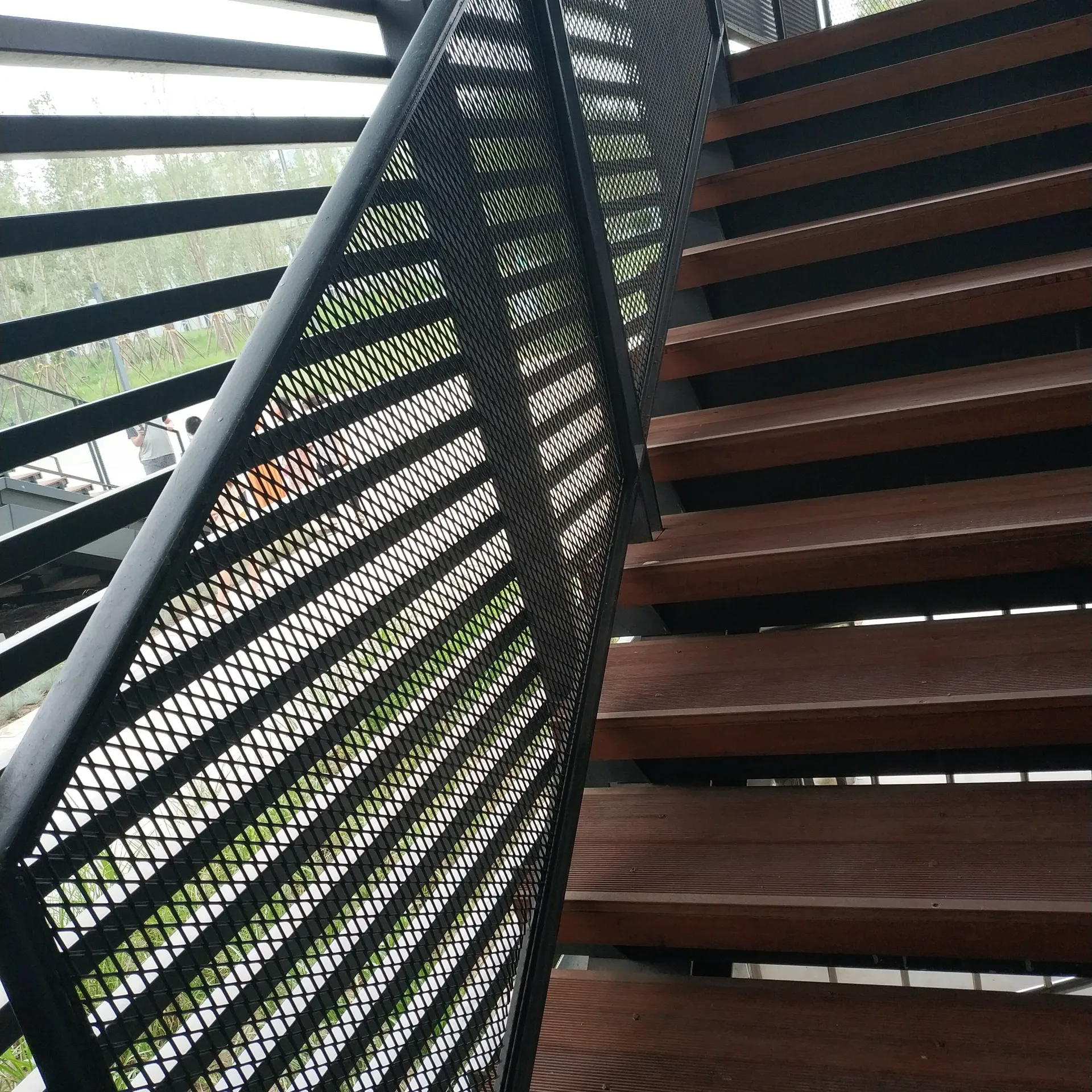
FAQ: Common Questions About Stainless Steel Expanded Sheets
How to select the right grade of stainless steel expanded metal for outdoor use?
For outdoor applications, prioritize corrosion-resistant grades like 316 stainless steel expanded metal, especially in coastal or polluted areas. Its molybdenum content enhances resistance to chloride-induced corrosion. If budget is a concern, 304 stainless steel may suffice in less harsh environments, but regular maintenance to remove salt or debris is recommended. Always assess the environmental conditions and expected exposure when choosing between grades.
What is the difference between nominal mesh size and actual open area in expanded metal?
Nominal mesh size refers to the approximate distance between the centers of adjacent openings, while the actual open area is the percentage of the sheet’s surface not occupied by metal. For example, 3 4 13 expanded metal has a nominal 3/4-inch mesh but a specific open area percentage that affects airflow and weight. Manufacturers provide technical data sheets detailing both metrics to help users select the right configuration for their needs.
Can stainless steel expanded sheets be used in high-temperature environments?
Yes, stainless steel retains its strength and corrosion resistance at high temperatures. Grades like 316 stainless steel are suitable for applications up to 1500°F (815°C), making them ideal for industrial ovens, exhaust systems, or furnace barriers. However, prolonged exposure to extreme heat may affect surface finishes, so consider heat-resistant coatings if aesthetics are critical.
How do I maintain the appearance and performance of stainless steel expanded sheets?
Regular cleaning with a mild detergent and water is sufficient to remove dirt and prevent staining. For stubborn residues, use a non-abrasive brush or cloth. Avoid harsh chemicals or steel wool, as these can scratch the surface and compromise corrosion resistance. In marine or industrial settings, periodic inspections for signs of wear or corrosion are recommended to ensure long-term performance.
Are there standard industry specifications for expanded metal gauges and mesh sizes?
Yes, most manufacturers adhere to industry standards like ASTM A478 for expanded metal products. These standards define parameters such as gauge thickness, mesh size, and mechanical properties. When specifying products like 1 4 18 expanded metal or 3 4 9 gauge expanded metal, refer to these standards to ensure compatibility and quality across different suppliers.
PREV:
Este é o último artigo


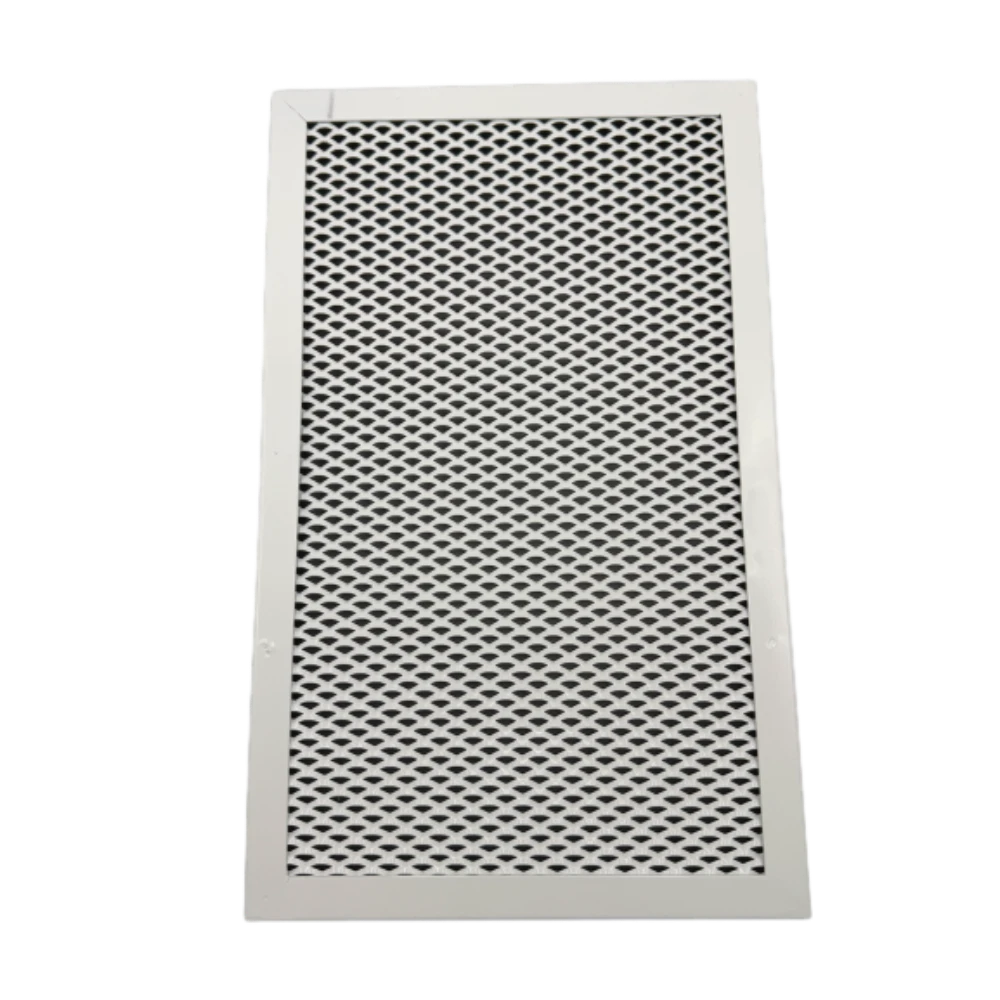

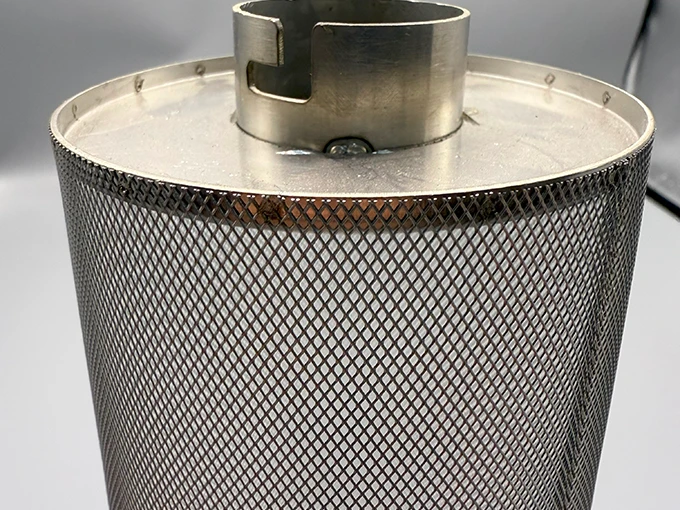
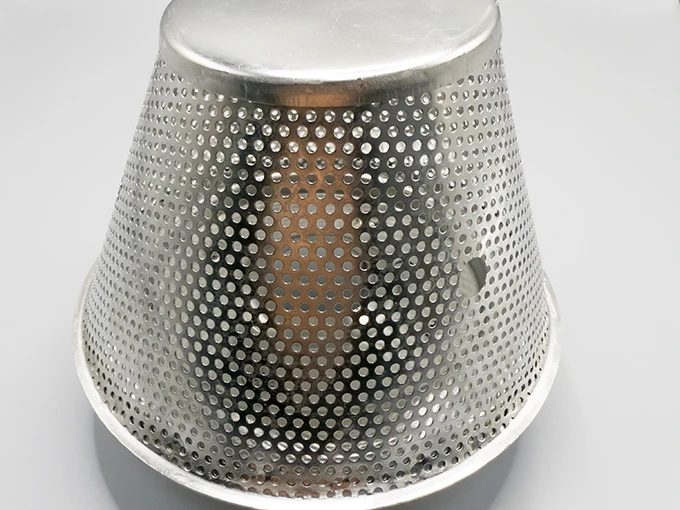












![$item[título] $item[alt]](https://www.ccmetalmesh.com/images/cc-7691.webp)

